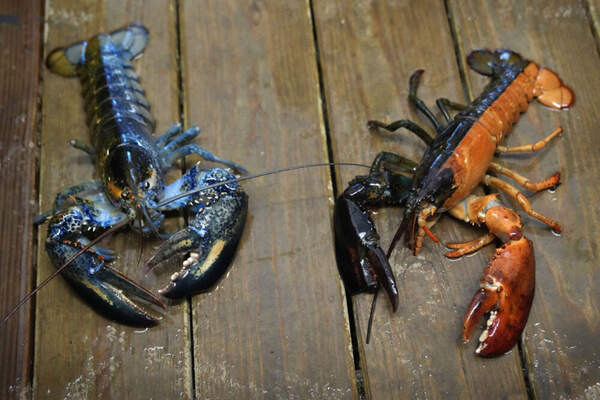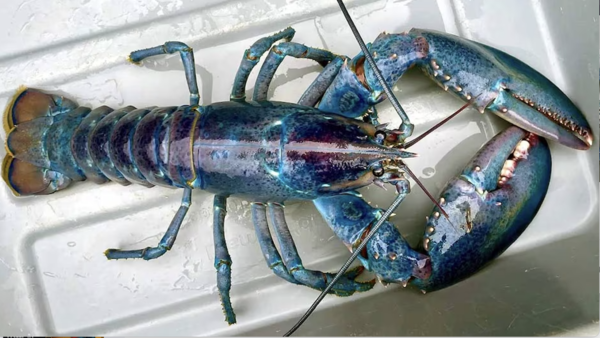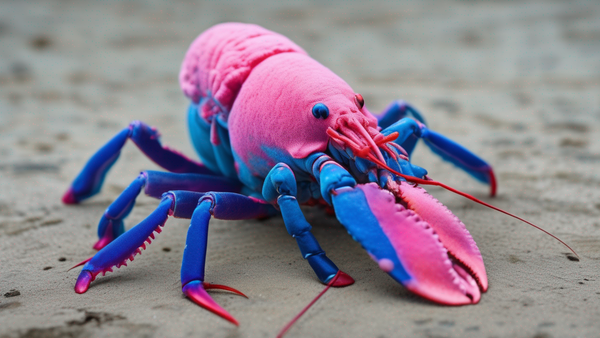The Cotton Candy Lobster is one of the ocean’s rarest and most beautiful creatures, known for its soft, pastel-like colors that resemble the swirls of pink and blue found in cotton candy. Unlike the typical deep red or orange lobsters that most of us are familiar with, this lobster stands out due to its unique and striking coloration. It's a fascinating anomaly in the world of marine life.

The cotton candy lobster gets its name because of its incredible hues, which can vary from pale blue to light pink, creating a delicate blend of colors that’s almost magical. This coloring comes from a rare genetic mutation that affects the lobster's shell pigmentation. Normally, lobsters have a mix of pigments that, when cooked, turn their shells red. But in rare cases like this, the pigments are altered, resulting in this dreamy color pattern.
According to scientists, the chances of finding a cotton candy lobster are incredibly slim, roughly estimated at 1 in 100 million. This rarity makes them highly prized and often leads to them being spared from dinner plates and sent to aquariums or research centers instead.
Cotton candy lobsters are typically found in the cold waters of the Atlantic Ocean, along the coasts of North America, especially in areas like Maine, where lobster fishing is a major industry. However, because of their rarity, spotting one is an extraordinary event. Fishermen who happen to catch one often consider it good luck.

Due to their unique appearance and rarity, cotton candy lobsters are often spared from becoming part of a seafood meal. Instead, they are usually donated to aquariums, marine research institutes, or nature preserves. These institutions take special care of the lobsters, ensuring they live out their lives in peace while educating the public about the wonders of marine biodiversity.

The blue, pink, and lavender tones of a cotton candy lobster are caused by a genetic mutation that changes how their bodies process proteins and pigments. Lobsters usually have three main pigments in their shells: red, yellow, and blue. These colors mix to form the typical brownish-green shell of a live lobster. When the balance of pigments is off, unusual colorations can appear, such as bright blue, white, or, in this case, cotton candy-like pastels.

Because of its whimsical appearance, the cotton candy lobster has become somewhat of a celebrity in marine life circles. Photos of these rare lobsters often go viral on social media, sparking curiosity and admiration from people around the world. It’s easy to see why—they almost look like something out of a fantasy novel.
The cotton candy lobster is a stunning example of nature’s creativity, a rare genetic twist that turns an ordinary sea creature into a spectacle of beauty. While they might not play a huge role in the lobster fishing industry, their rarity and striking appearance make them a cherished find for both fishermen and marine enthusiasts alike. So, the next time you hear about a cotton candy lobster being discovered, you'll know just how special that find really is!
animal tags: cotton-candy-lobster
We created this article in conjunction with AI technology, then made sure it was fact-checked and edited by a Animals Top editor.